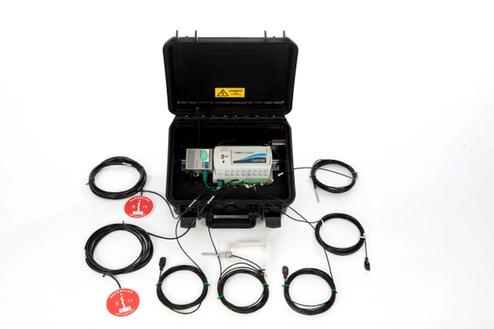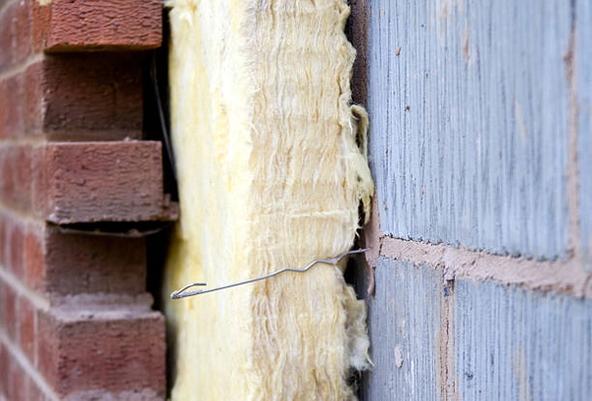Our In-situ U-value Measurement System is a portable tool that acts as a heat flow meter and consists of a data logger, 2 x heat flux plates, surface temperature sensors, air temperature sensors, and a 4G modem all incorporated into a protective case.
The system can record heat flux measurements over a number of days or weeks in order to deliver greater accuracy and quantify the in-situ U-value of building elements according to the ISO 9869 methodology.
ISO 9869 is the recognised standard for measuring U-values that takes a minimum of 72 hours (3 days) to collect enough data to produce a valid result. More rapid U-value measurement is possible using our Heat3D infrared thermography based solution.








